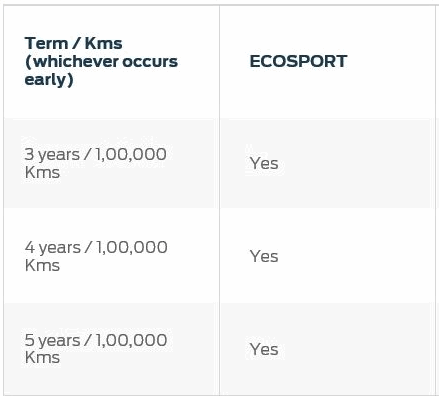| | #11116 |
| Distinguished - BHPian  | |
| |  (7)
Thanks (7)
Thanks
|
| |
| | #11117 |
| Senior - BHPian Join Date: Oct 2007 Location: cochin
Posts: 1,277
Thanked: 1,227 Times
| |
| |  (1)
Thanks (1)
Thanks
|
| | #11118 |
| BHPian Join Date: Jul 2015 Location: Noida
Posts: 97
Thanked: 53 Times
| |
| |  (1)
Thanks (1)
Thanks
|
| | #11119 |
| Distinguished - BHPian  | |
| |  (1)
Thanks (1)
Thanks
|
| | #11120 |
| Distinguished - BHPian  Join Date: Sep 2010 Location: Liverpool/Delhi
Posts: 5,448
Thanked: 7,569 Times
| |
| |  (2)
Thanks (2)
Thanks
|
| | #11121 |
| BHPian Join Date: Mar 2016 Location: Pune
Posts: 94
Thanked: 50 Times
| |
| |  (1)
Thanks (1)
Thanks
|
| | #11122 |
| BHPian Join Date: Jul 2015 Location: Noida
Posts: 97
Thanked: 53 Times
| |
| |
| | #11123 |
| BHPian Join Date: Jul 2012 Location: Chennai
Posts: 134
Thanked: 156 Times
| |
| |  (1)
Thanks (1)
Thanks
|
| | #11124 |
| Distinguished - BHPian  Join Date: Sep 2010 Location: Liverpool/Delhi
Posts: 5,448
Thanked: 7,569 Times
| |
| |  (1)
Thanks (1)
Thanks
|
| | #11125 |
| Distinguished - BHPian  | |
| |  (4)
Thanks (4)
Thanks
|
| | #11126 |
| BHPian Join Date: Sep 2015 Location: Jaipur
Posts: 174
Thanked: 277 Times
| |
| |  (1)
Thanks (1)
Thanks
|
| |
| | #11127 |
| BHPian Join Date: Jul 2016 Location: Bangalore,Kochi
Posts: 157
Thanked: 436 Times
| |
| |  (2)
Thanks (2)
Thanks
|
| | #11128 |
| Distinguished - BHPian  | |
| |  (4)
Thanks (4)
Thanks
|
| | #11129 |
| BHPian Join Date: Sep 2015 Location: Jaipur
Posts: 174
Thanked: 277 Times
| |
| |  (1)
Thanks (1)
Thanks
|
| | #11130 |
| Distinguished - BHPian  | |
| |  (2)
Thanks (2)
Thanks
|
 |
Most Viewed







 Now, isin't this functioning of PCV valve the reason why these aftermarket guys recommend a "Catch Can" which routes these vapors to a can? Do you think its something that works in real life? I've seen many videos on this but have my doubts on its real life usage.
Now, isin't this functioning of PCV valve the reason why these aftermarket guys recommend a "Catch Can" which routes these vapors to a can? Do you think its something that works in real life? I've seen many videos on this but have my doubts on its real life usage.  doing this on the Ecoboost. Specially after you mentioned how tall the second gear is.
doing this on the Ecoboost. Specially after you mentioned how tall the second gear is.